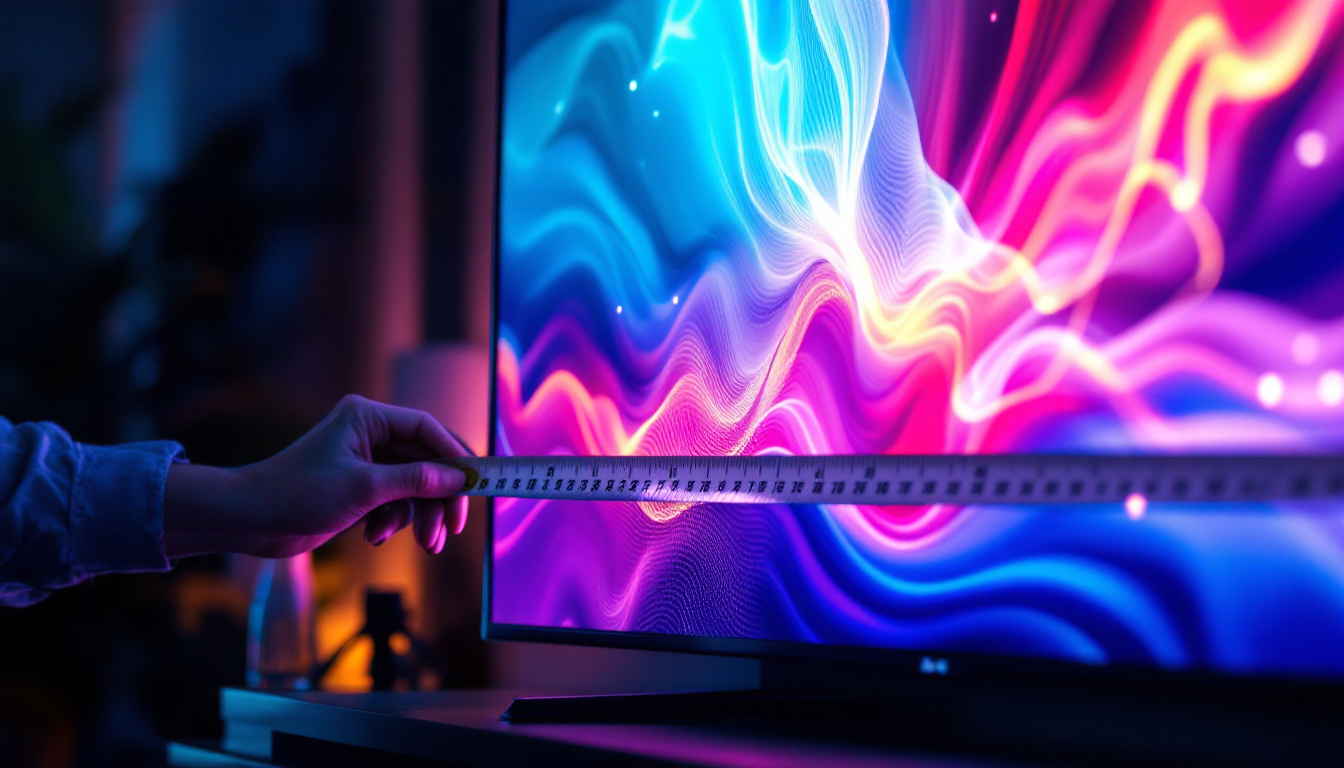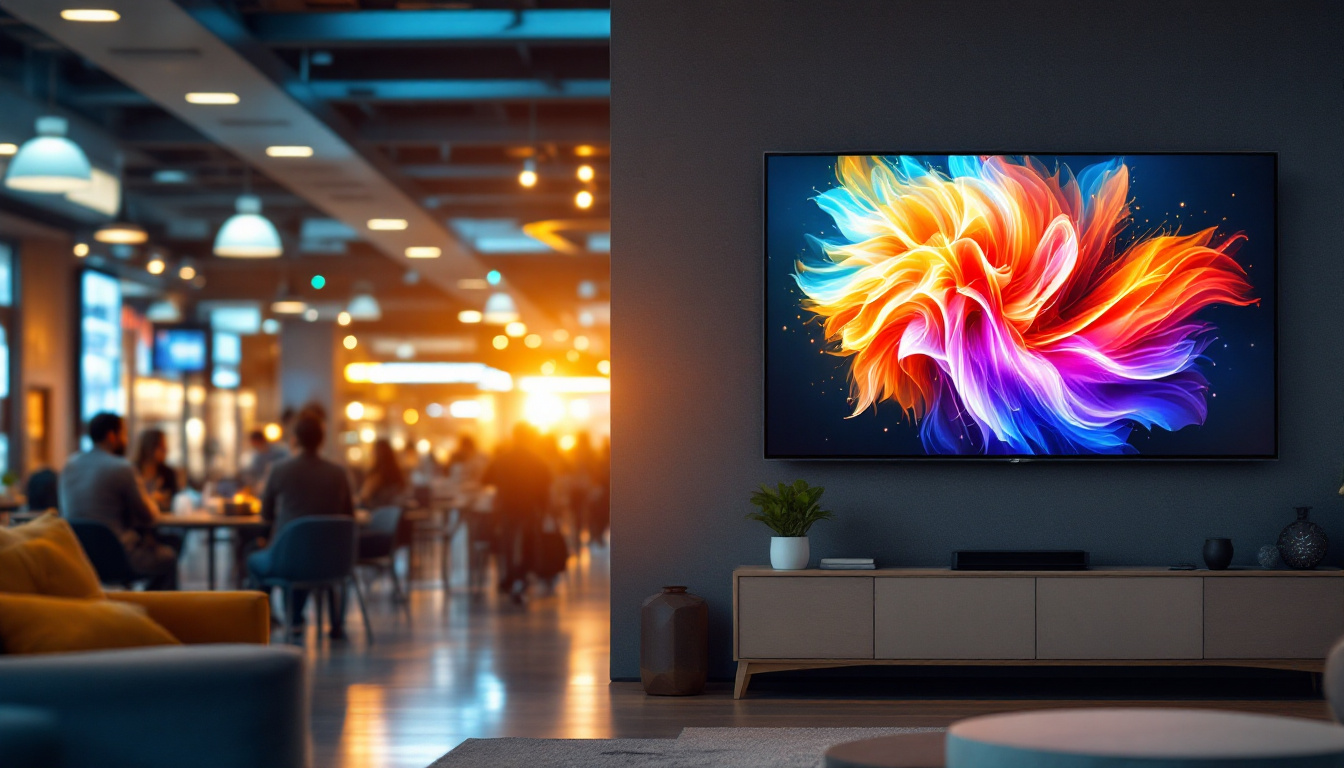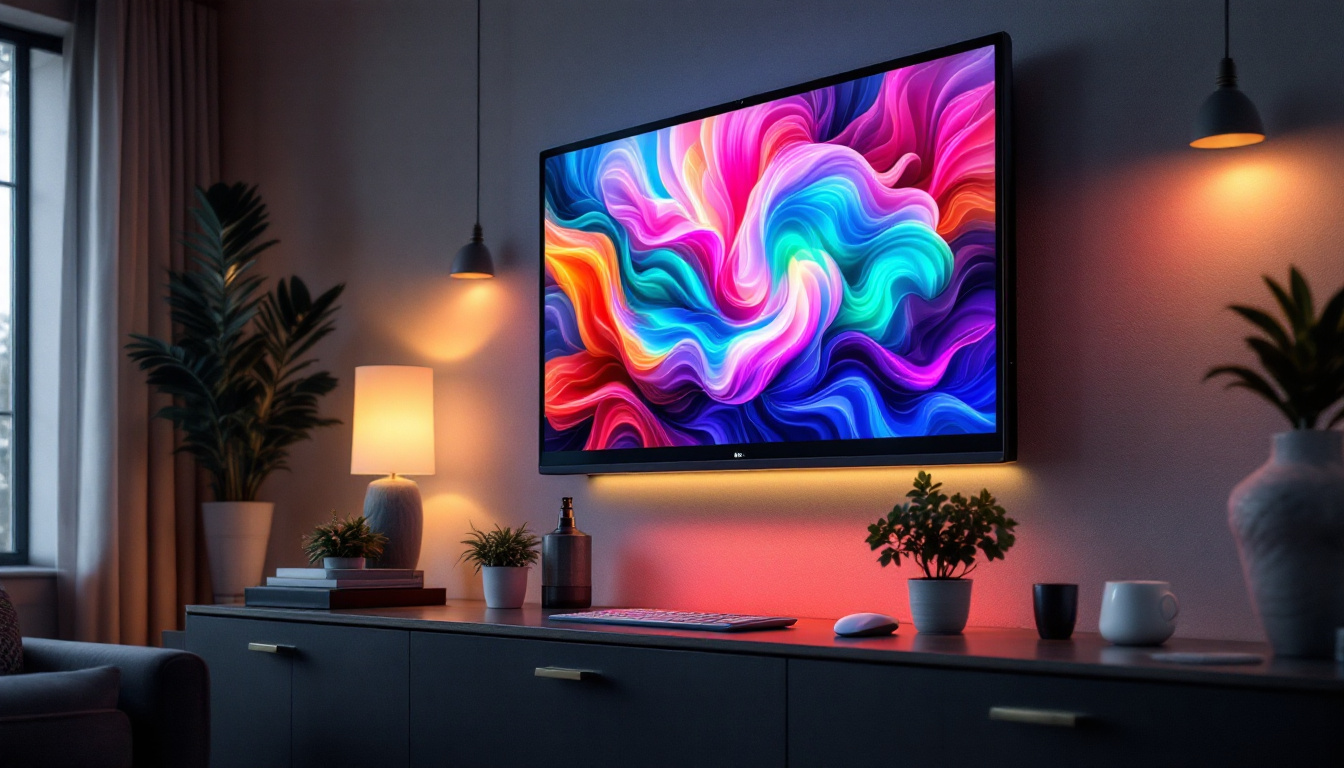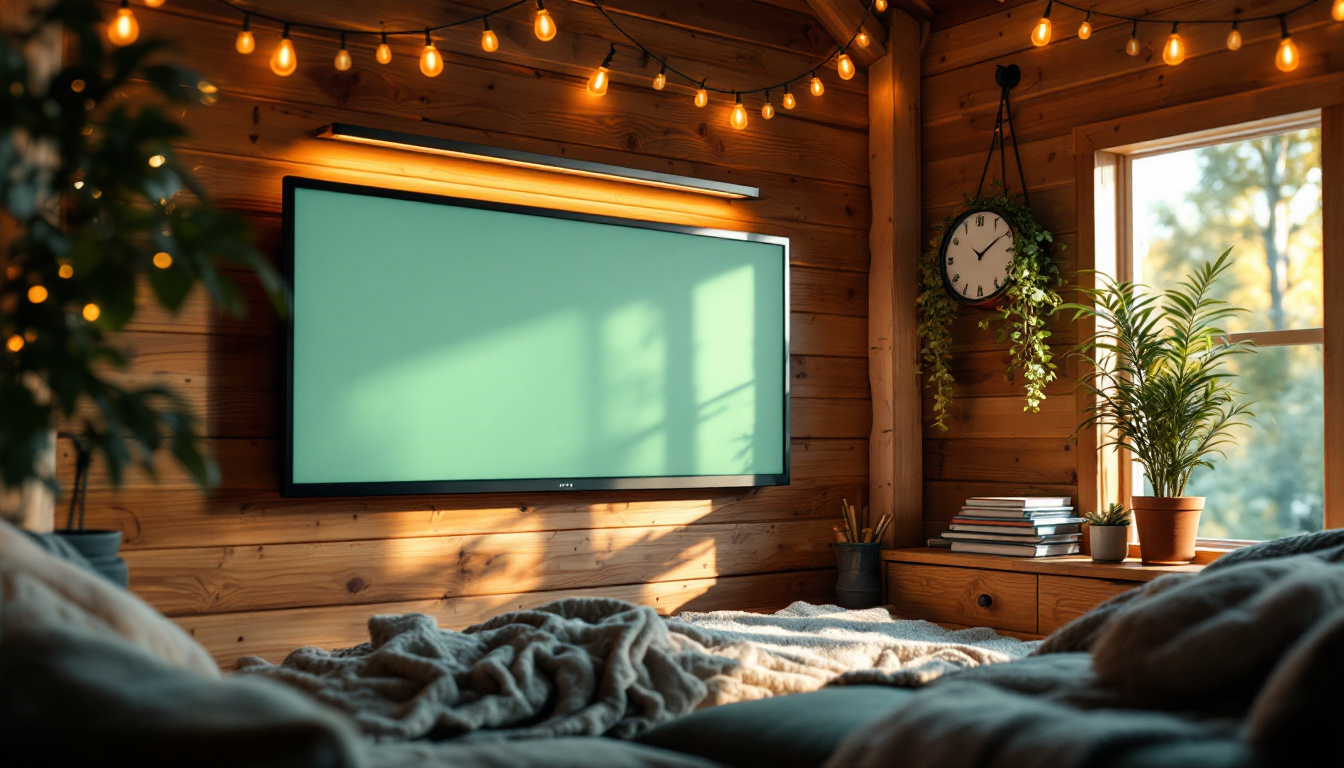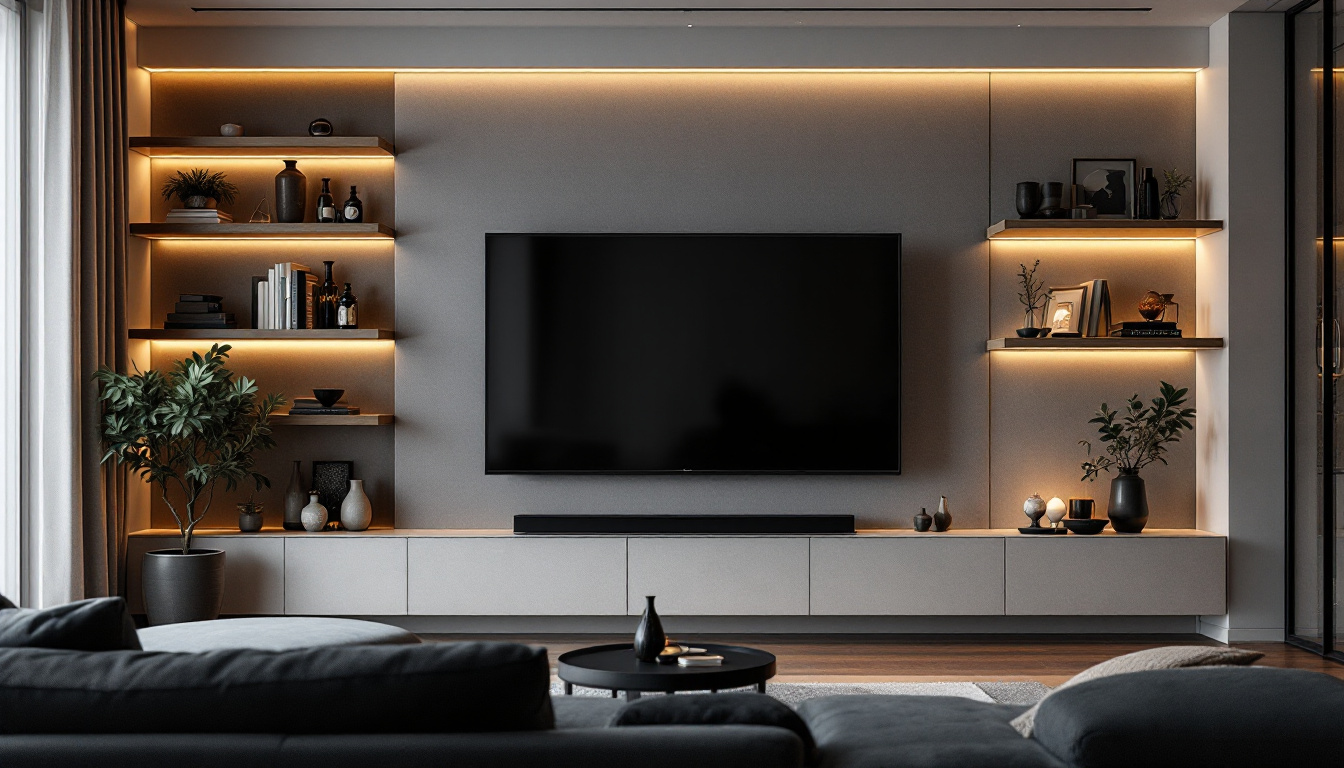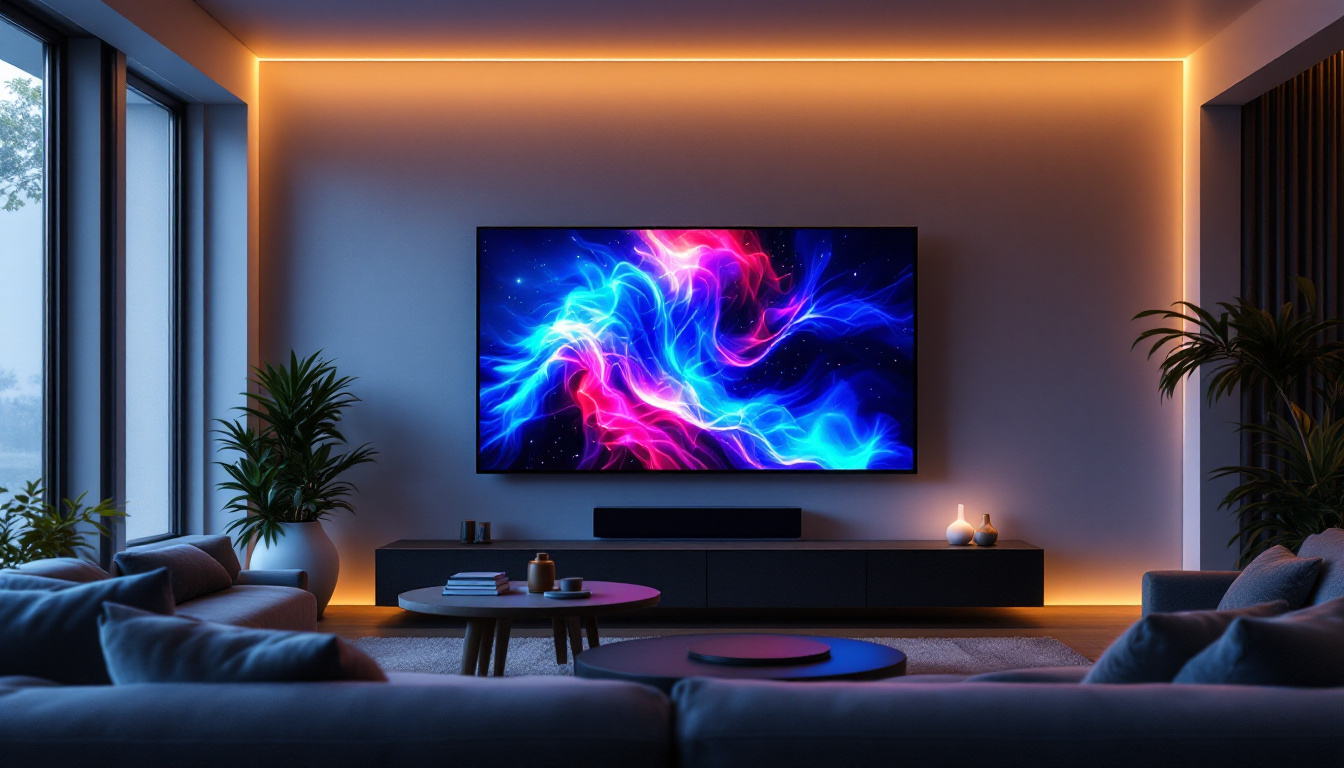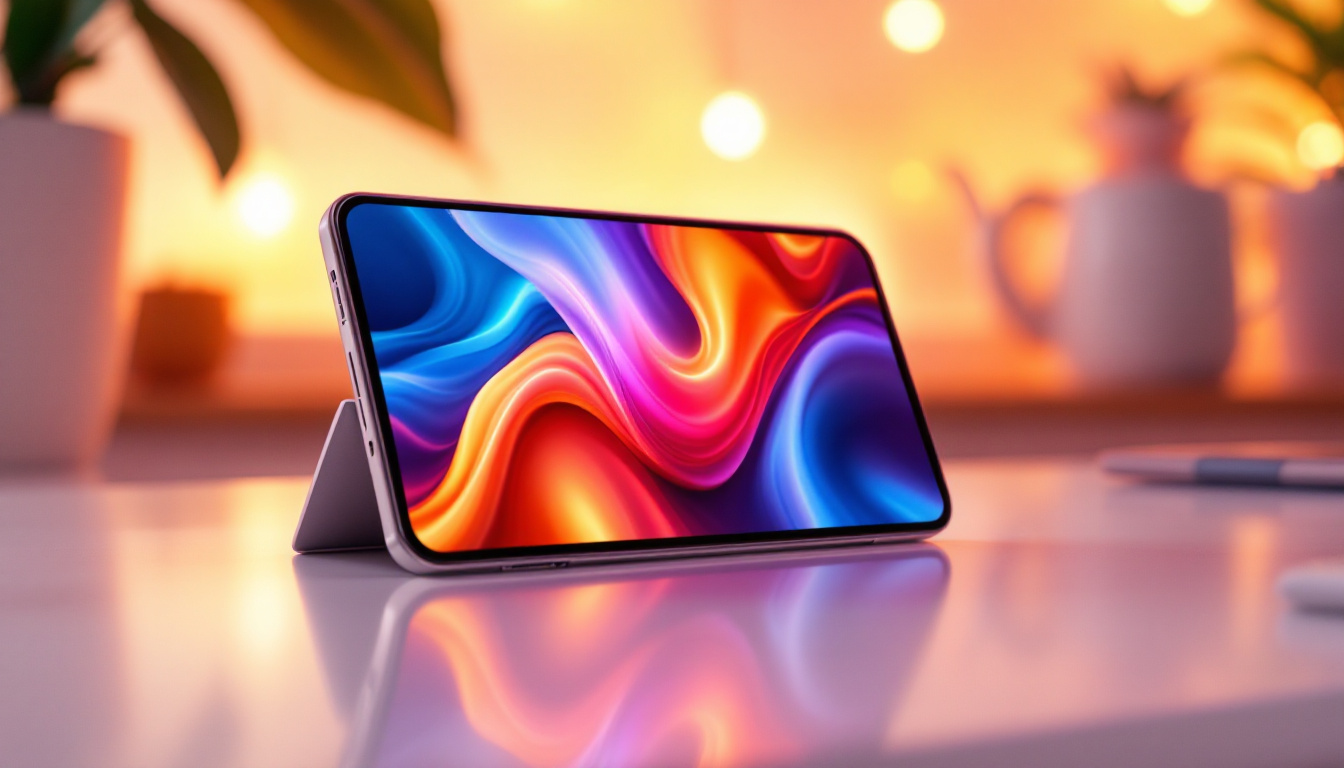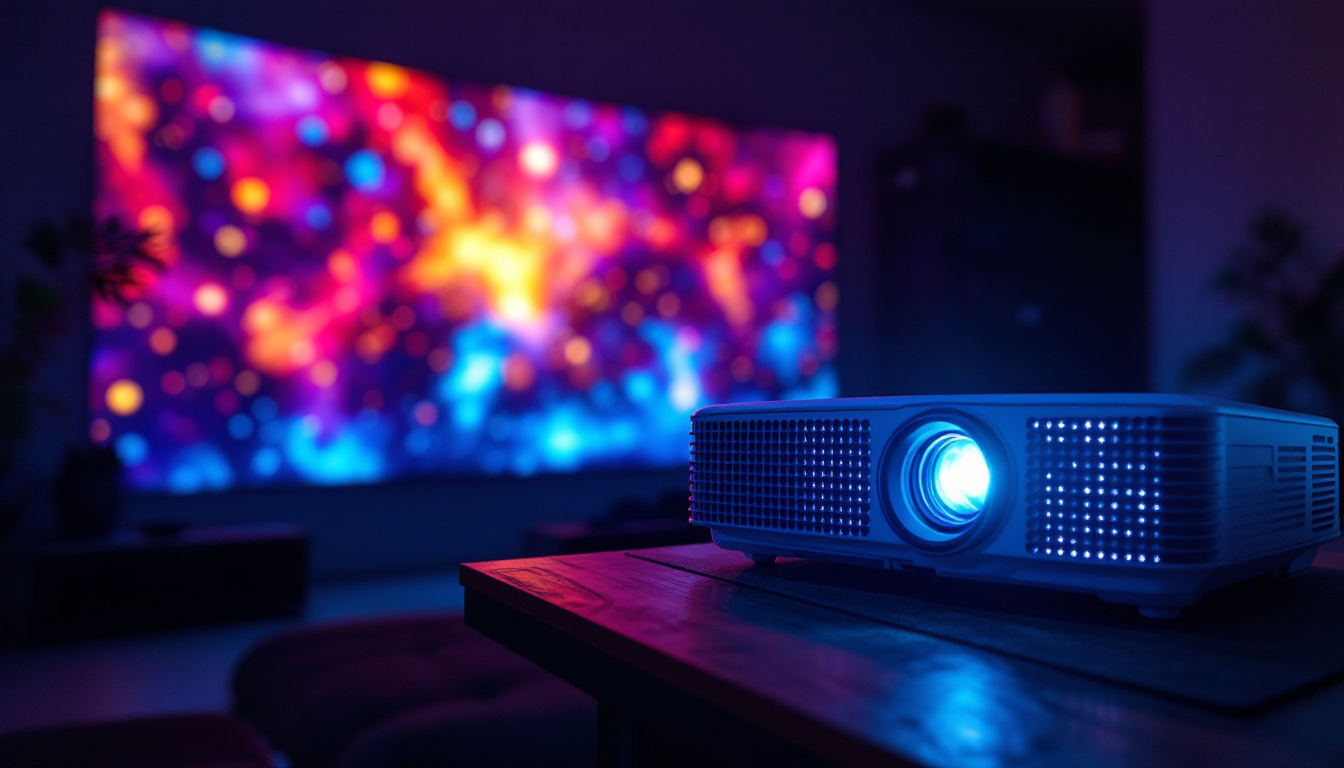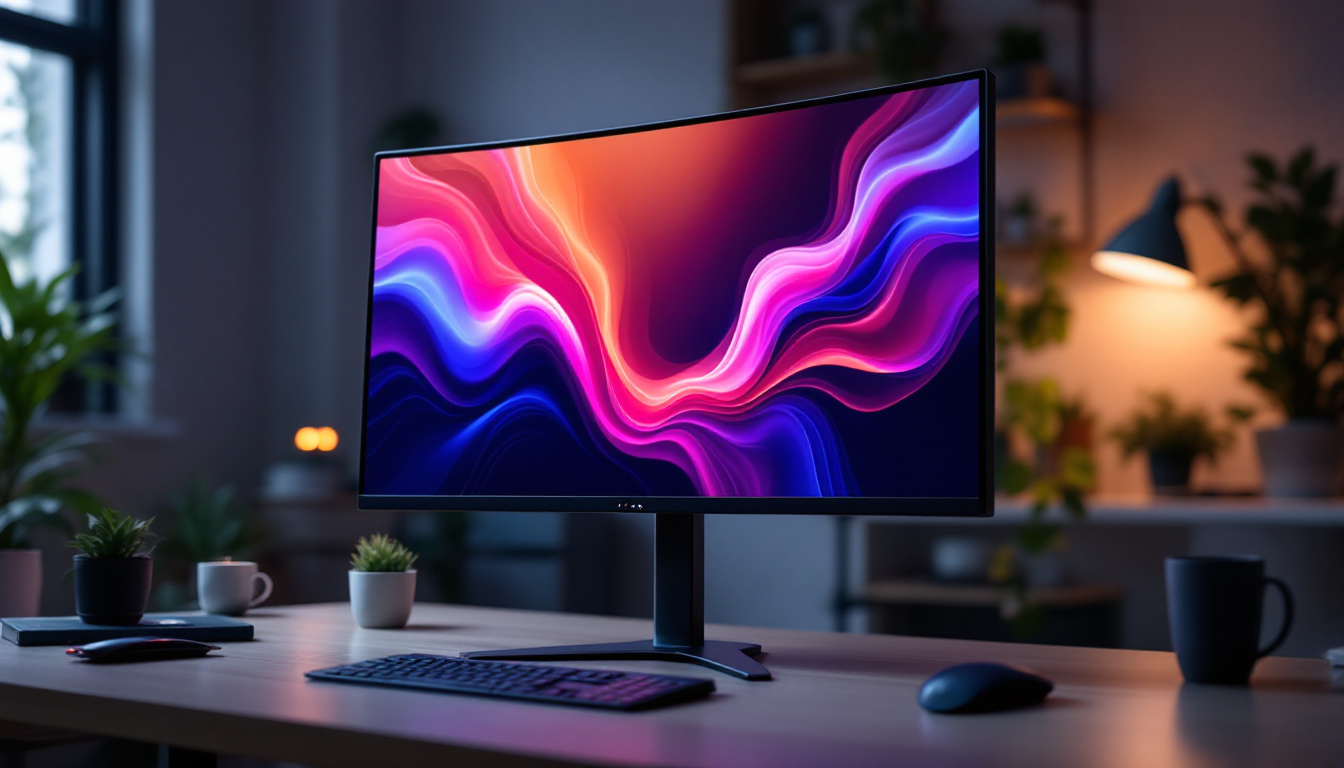How Do You Measure A TV Screen In Inches: LED Display Explained
Understanding how to measure a TV screen is essential for anyone looking to purchase or upgrade their home entertainment system. The measurement of a TV screen is typically expressed in inches, which can sometimes lead to confusion, especially when considering the various types of displays available today. This article will delve into the nuances of measuring TV screens, particularly LED displays, and provide clarity on the subject.
Understanding TV Screen Measurements
TV screens are measured diagonally from one corner to the opposite corner. This method of measurement is standardized across the industry, allowing consumers to easily compare the sizes of different televisions. However, it is crucial to note that the actual dimensions of the TV, including its width and height, can vary significantly based on the screen’s aspect ratio and design.
Diagonal Measurement Explained
The diagonal measurement is the most common way to express the size of a TV screen. For example, a 55-inch TV means that the distance from the bottom left corner to the top right corner of the screen measures 55 inches. This method provides a quick reference for consumers but does not account for the bezel or frame surrounding the screen, which can affect the overall size of the TV.
When measuring a TV screen, it’s essential to use a tape measure or a ruler to ensure accuracy. Start from one corner of the screen and extend the measuring tool to the opposite corner, ensuring that you are measuring only the screen itself and not the surrounding frame. Additionally, it’s worth noting that the size of the TV can influence viewing distance; a larger screen may require a greater distance from the viewer to fully appreciate the picture quality without straining the eyes. For example, a 55-inch TV is typically best viewed from about 7 to 10 feet away, while smaller screens can be enjoyed from closer distances.
Aspect Ratio Considerations
The aspect ratio of a TV screen refers to the proportional relationship between its width and height. Most modern TVs use a 16:9 aspect ratio, meaning that for every 16 units of width, there are 9 units of height. This ratio is particularly common for widescreen formats, which are ideal for watching movies and television shows.
understanding the aspect ratio is crucial when comparing different TV sizes. For instance, a 55-inch TV with a 16:9 aspect ratio will have different width and height dimensions compared to a 55-inch TV with a 4:3 aspect ratio. This variance can impact how the TV fits in a particular space and how it complements other furniture in the room. Furthermore, as streaming services and gaming consoles increasingly support various formats, consumers may find themselves needing to consider how the aspect ratio affects their viewing experience. For example, some older content may be formatted in 4:3, leading to black bars on the sides of the screen when viewed on a 16:9 TV, while newer content is often optimized for widescreen viewing, providing a more immersive experience.
Types of LED Displays
LED TVs are a popular choice among consumers due to their vibrant colors and energy efficiency. However, there are different types of LED displays available, each with unique characteristics that can affect the viewing experience. Understanding these types will help consumers make informed decisions when measuring and selecting a TV.
Standard LED TVs
Standard LED TVs use LED backlighting to illuminate the screen. These televisions are known for their brightness and color accuracy, making them suitable for various lighting conditions. The measurement process for standard LED TVs follows the same diagonal method, but it’s essential to consider the additional features that may influence viewing quality.
When measuring a standard LED TV, consumers should also take into account the viewing distance. The ideal distance for viewing a TV depends on its size and resolution. For instance, a 55-inch 4K TV can be viewed comfortably from a distance of about 4.5 feet, while a Full HD TV may require a greater distance for optimal viewing. Additionally, many standard LED TVs come equipped with various picture modes that can enhance the viewing experience based on the type of content being watched, such as sports, movies, or gaming. These modes can adjust brightness, contrast, and color settings to provide the best possible image quality, further enriching the viewer’s experience.
QLED and OLED Displays
QLED (Quantum Dot LED) and OLED (Organic Light Emitting Diode) displays represent advanced technologies that enhance the viewing experience. QLED TVs use quantum dots to improve color accuracy and brightness, while OLED displays offer superior contrast and deeper blacks due to their self-emissive technology.
Measuring these types of displays follows the same diagonal principle, but the differences in technology can affect the overall viewing experience. For example, OLED screens may have thinner bezels, which can impact the perceived size of the TV in a room. When measuring these TVs, it’s also important to consider the mounting options, as some models may require specific wall mounts or stands. Furthermore, the viewing angles of QLED and OLED TVs can vary significantly; OLED displays are known for their excellent viewing angles, allowing for consistent picture quality even when viewed from the side, while QLED TVs may experience some color distortion at extreme angles. This characteristic is particularly important for larger living spaces where viewers may not always be seated directly in front of the screen, making it crucial for consumers to assess their seating arrangements before making a purchase.
Factors to Consider When Measuring a TV
While the diagonal measurement is the primary way to determine a TV’s size, several other factors should be considered to ensure the perfect fit in a living space. These include the TV’s overall dimensions, the viewing distance, and the room’s layout.
Overall Dimensions
In addition to the diagonal measurement, it’s vital to consider the overall dimensions of the TV, including its width, height, and depth. These measurements can vary significantly between models, especially when comparing different types of displays. For instance, a 55-inch OLED TV may be narrower and lighter than a 55-inch standard LED TV due to its design.
When planning where to place the TV, measure the available space carefully. Ensure that there is enough room for the TV stand or wall mount, as well as any additional components like sound systems or gaming consoles. Taking these measurements into account will help avoid any surprises during installation.
Viewing Distance
The viewing distance is another critical factor to consider when measuring a TV. The distance from the seating area to the screen can significantly impact the viewing experience. For optimal viewing, it’s recommended to sit at a distance that is approximately 1.5 to 2.5 times the diagonal size of the TV for HD content, and closer for 4K content.
For example, for a 55-inch TV, the ideal viewing distance for HD content would be between 6.5 and 11.5 feet. However, for 4K content, viewers can sit closer, around 4.5 to 6.5 feet. Understanding these distances can help consumers choose the right size TV for their specific room layout.
Room Layout and Aesthetics
The layout of the room plays a significant role in determining the appropriate TV size. Consider the arrangement of furniture and the overall aesthetics of the space. A larger TV may dominate a small room, while a smaller TV may get lost in a larger area. It’s essential to strike a balance between functionality and design.
Additionally, consider the placement of windows and light sources. Glare from sunlight can affect the viewing experience, so positioning the TV away from direct light can enhance visibility. Taking these factors into account will ensure a more enjoyable viewing experience.
How to Choose the Right TV Size
Choosing the right TV size involves more than just measuring the screen. It requires careful consideration of various factors, including the intended use, room size, and personal preferences. Here are some tips to help make the right decision.
Determine Your Viewing Habits
Understanding how the TV will be used is crucial in determining the right size. For those who primarily watch movies or sports, a larger screen may enhance the experience. Conversely, if the TV is mainly for casual viewing or background entertainment, a smaller size may suffice.
Consider how many people will typically be watching the TV at once. A larger screen may be more suitable for family gatherings or movie nights, while a smaller screen may be adequate for individual viewing. Assessing these habits can guide consumers in selecting the right size for their needs.
Test the Size in Store
Before making a purchase, visiting a store to see the TVs in person can provide valuable insight into how different sizes look in real life. Many retailers have display setups that simulate home environments, allowing consumers to visualize how a particular TV will fit into their space.
When testing TVs in-store, pay attention to the picture quality, brightness, and overall aesthetics. This hands-on experience can help consumers make a more informed decision and ensure that they choose a size that feels right.
Conclusion
Measuring a TV screen in inches is a straightforward process, but understanding the nuances of TV sizes and types can significantly enhance the purchasing experience. By considering factors such as diagonal measurement, aspect ratio, and overall dimensions, consumers can make informed decisions that best suit their viewing habits and room layouts.
Ultimately, the right TV size is a balance between personal preference and practical considerations. By taking the time to measure accurately and assess individual needs, consumers can enjoy a home entertainment experience that is both satisfying and visually appealing.
Whether opting for a standard LED, QLED, or OLED display, understanding how to measure and choose the right TV size is essential for creating the perfect viewing environment. With the right information, finding the ideal TV can be an enjoyable and rewarding process.
Discover the Perfect LED Display with LumenMatrix
Now that you understand the importance of measuring and selecting the right TV size for your space, take the next step with LumenMatrix. As a pioneer in LED display technology, we offer an extensive range of innovative solutions tailored to meet your needs. From captivating Indoor LED Wall Displays to dynamic Outdoor LED Wall Displays, and from versatile Vehicle LED Displays to sleek LED Poster Displays, our mission is to transform your visual communication. Experience the difference with LumenMatrix and let us help you create an engaging, visually stunning environment. Check out LumenMatrix LED Display Solutions today and share your message with the world like never before.

